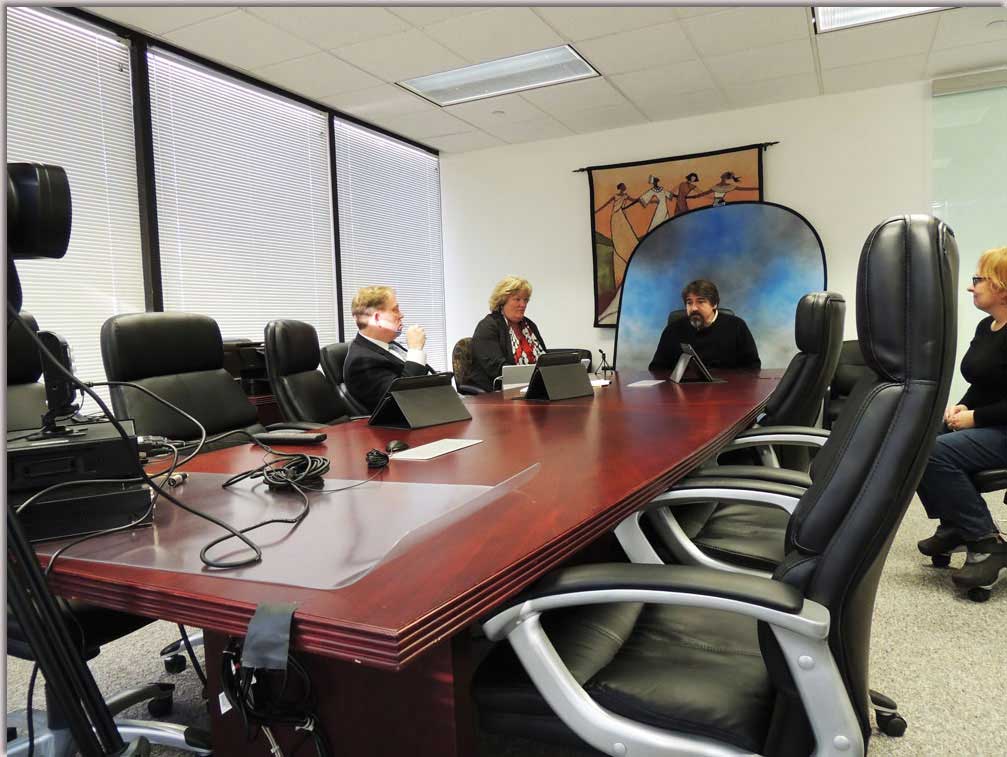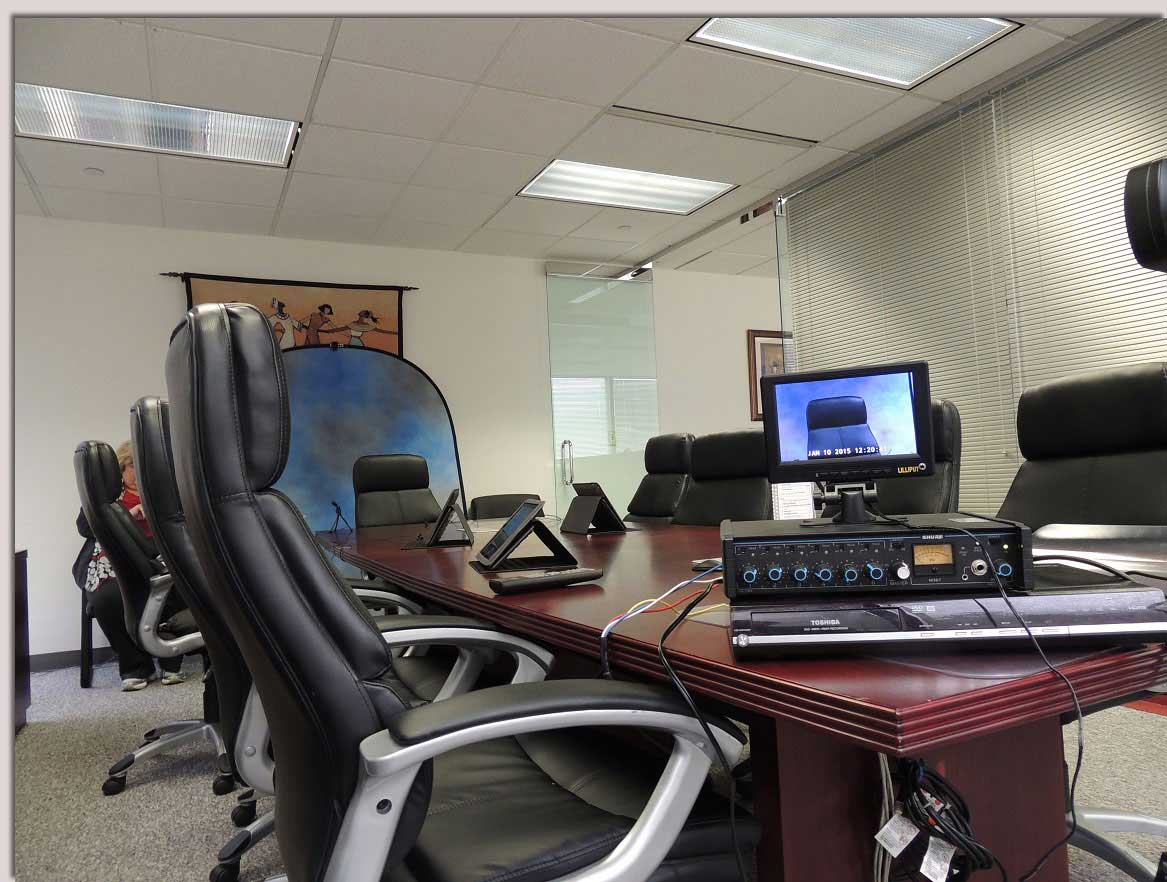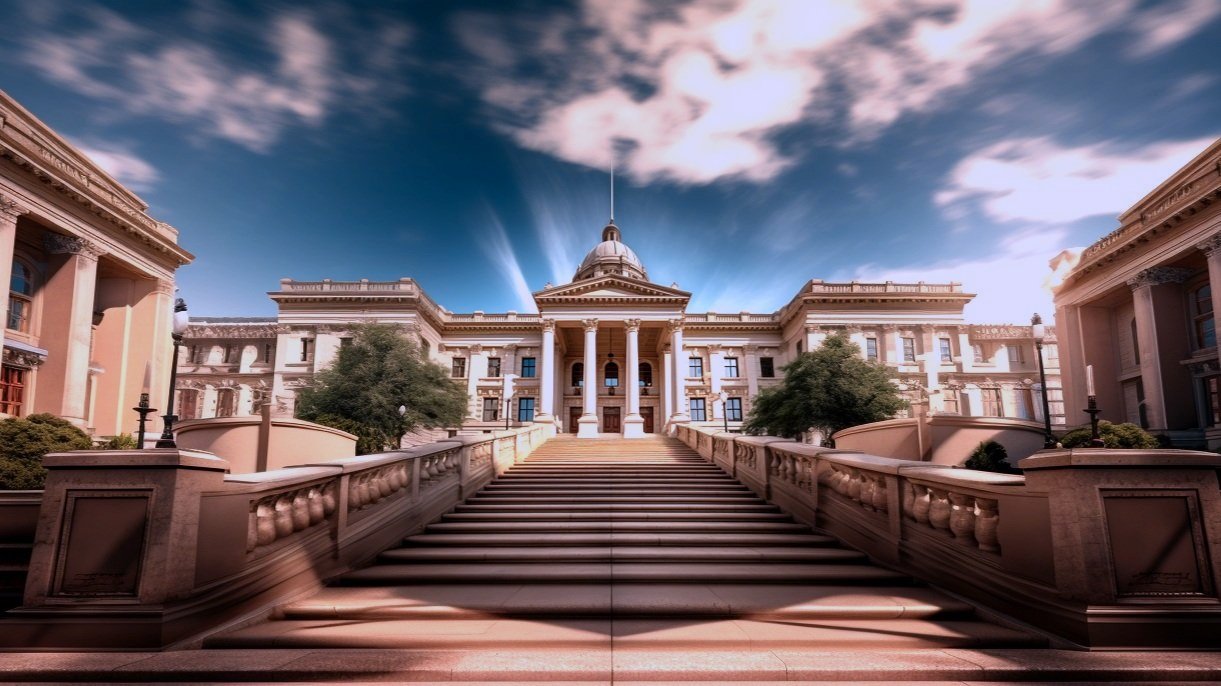Looking Into the Mechanisms of Legal Videography: Unveiling Its Operation in Safeguarding Genuine Aesthetic Statement for Judicial Procedures
In the realm of judicial process, the function of lawful videography stands as a cornerstone in protecting and providing visual proof. As modern technology remains to breakthrough, the systems behind lawful videography have ended up being progressively complex, providing a vital layer of authenticity to testimonies captured on video clip. By delving into the functional complexities of legal videography, one can reveal the meticulous processes that guard the stability of visual proof presented in courtrooms - Legal Videography. This exploration not only clarifies the historical evolution of lawful videography however also means the future patterns that might additionally transform how aesthetic testimonies are promoted in the realm of justice.
Historic Evolution of Lawful Videography
Examining the historic progression of lawful videography reveals a considerable transformation in the catching and discussion of aesthetic evidence within the legal landscape. In the past, legal process greatly depended on composed records and photographs to record occasions and provide evidence. With the development of video clip innovation, the lawful sector observed a standard change in just how aesthetic testimony was captured and presented.
The evolution of legal videography can be traced back to the late 20th century when developments in video recording devices made it a lot more easily accessible for usage in court rooms. This technical innovation not only boosted the accuracy and reliability of visual evidence yet also changed the method cases existed to juries and courts (Legal Videography). Lawyers started to acknowledge the convincing power of video recordings in conveying emotions, subtleties, and non-verbal hints that composed transcripts or photographs alone might not capture effectively

Technology Developments in Video Documentation
What essential technical improvements have transformed video clip paperwork in the legal area? The legal area has seen considerable advancements in video clip documentation modern technology that have boosted the authenticity and integrity of visual evidence in judicial process.
Moreover, advancements in video encryption and watermarking modern technologies have strengthened the protection and tamper-proof nature of video clip evidence, securing it against unauthorized changes or tampering. Moreover, the advent of cloud storage options and remote access abilities has structured the storage space, retrieval, and sharing of video proof, facilitating seamless partnership amongst attorneys and making sure reliable access to vital aesthetic testaments when needed. These technical innovations in video clip documentation have actually unquestionably reinvented the legal field, improving the accuracy, trustworthiness, and admissibility of aesthetic evidence in judicial procedures.
Role of Legal Videographers in Court Room Setups
The development of video documentation technology in the legal field has required an important duty for legal videographers in court room settings, guaranteeing the honesty and integrity of visual testaments provided during judicial process. Legal videographers play a fundamental duty in catching and preserving exact visual proof that can be essential in litigation. Their responsibility encompasses establishing tools, taping proceedings, and creating premium videos that precisely reflect the occasions in the courtroom.
Additionally, lawful videographers frequently function very closely with legal groups to make certain that the video evidence aligns with the situation's demands and can be properly presented in court to support the legal arguments being made. In general, the function of lawful videographers in court room setups is indispensable in upholding the principles of justice and guaranteeing the transparency of legal procedures. Legal Videography.

Ensuring Admissibility and Honesty of Video Evidence
To preserve the credibility of visual proof offered in legal proceedings, making sure the admissibility and honesty of video evidence is an important duty for legal videographers. Admissibility refers to the acceptance of evidence by the court, and for video clip proof to be permissible, it must satisfy specific standards. Lawful videographers play a crucial role in making sure that the video clips they record follow the regulations of evidence, such as significance, integrity, and credibility.
Honesty of video clip proof entails preserving the originality and accuracy of the footage from the moment it is recorded till it exists in court. This consists of firmly keeping the video files, documenting the chain of guardianship, and avoiding any tampering or changes. Lawful videographers need to follow strict protocols to assure the honesty of the video evidence and protect against any kind of difficulties to its authenticity.
Future Trends in Legal Videography
Given the raising dependence on innovation in legal proceedings, lawful videographers are poised to embrace cutting-edge improvements shaping the future of aesthetic statement capture and presentation. Among the famous trends imminent is the combination of virtual fact (VR) and augmented truth (AR) technologies right into legal videography. These technologies have the prospective to transform just how visual proof exists in court rooms, enabling courts and judges to submerse themselves in dig this the scene of the criminal offense or incident.
Moreover, using expert system (AI) formulas for video clip analysis is anticipated to streamline the procedure of examining and evaluating huge quantities of video clip footage. AI can assist in identifying crucial moments, abnormalities, and patterns within videos, improving the effectiveness of legal examinations.

Verdict
To conclude, lawful videography has played a critical role in offering authentic aesthetic proof for judicial proceedings. With technological innovations and the knowledge of legal videographers, the stability and admissibility of video proof are ensured in courtroom setups. As legal videography that site remains to evolve, it will be vital to maintain requirements that preserve the accuracy and integrity of aesthetic testament useful site for the future of legal process.
Analyzing the historic progression of lawful videography exposes a considerable transformation in the recording and discussion of visual evidence within the legal landscape.The evolution of video clip paperwork technology in the legal area has actually required an essential function for legal videographers in court room settings, ensuring the integrity and dependability of aesthetic testaments provided during judicial procedures. Furthermore, legal videographers typically work very closely with legal teams to make sure that the video clip evidence lines up with the instance's requirements and can be efficiently presented in court to support the lawful debates being made.To keep the trustworthiness of aesthetic evidence presented in lawful process, ensuring the admissibility and honesty of video clip evidence is a vital duty for legal videographers. As lawful videography proceeds to progress, it will certainly be crucial to copyright standards that preserve the accuracy and integrity of visual testimony for the future of lawful proceedings.